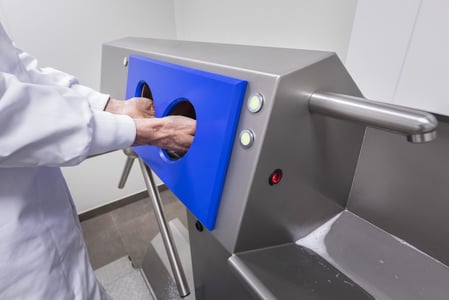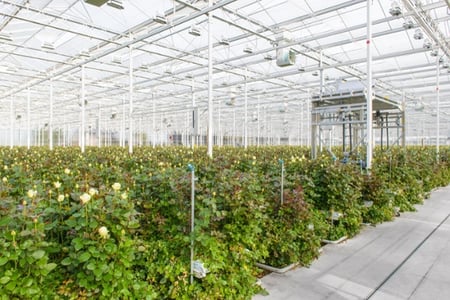What is HACCP and what does it mean for a food company?

What is HACCP? A frequently asked question. HACCP is a food safety system that prevents the safety of food from being compromised. Companies that produce, process or distribute food are obliged by law to comply with established hygiene regulations and to work in accordance with HACCP guidelines. But what does that mean exactly?
What is HACCP?
HACCP stands for Hazard Analysis and Critical Control Point System. These words have their own underlying meaning:
- H stands for Hazard: A hazard that may be present in a product and can subsequently pose a threat to the health of the consumer. Think of bacteria, fungi, viruses, parasites, chemicals and physical hazards such as glass, metal etc.
- A stands for Analysis: Analysing possible hazards. An assessment must be made of the risks consisting of the combination of the risk of danger and the seriousness of the consequences for public health.
- CCP stands for Critical Control Points: Points in the process that need to be kept under control in order to prevent or reduce a hazard to an acceptable level.
The 7 basic principles of HACCP for the food industry
Food companies are obliged to draw up an HACCP plan in accordance with the European Hygiene Regulation. This plan should be based on the 7 basic principles of HACCP as described in the Codex Alimentarius of the World Health Organization:
- Take stock of all potential hazards and identify the real hazards.
- Check which measures are needed to control the hazard and identify the critical control points (CCPs). These are points in the process where the risk can be prevented, eliminated or reduced to an acceptable level.
- Indicate the critical limits for each CCP.
- Determine how the CCPs are monitored.
- Define the corrective actions for each CCP. Corrective actions are necessary when the monitoring indicates that the CCP is not being controlled. The corrective actions may be need to be applied to the product and/or process and must lead to the restoration of safety.
- Apply verification. Verification is a periodic check to determine whether the HACCP approach is effective or for checking whether control of a CCP is effective. Verification therefore shows whether the method of working leads to sufficient levels of safety.
- Keep documentation and records. Documentation means that the system design must be recorded. Registration is the compulsory recording of certain elements of the system design.
In order to be able to guarantee the food safety of consumers, it is important that companies embrace the HACCP guidelines. In this context, it is vital that they systematically identify the critical points affecting the safety of the food and drink dealt with in the company. All possible risks and associated risk management measures must be described in an HACCP plan.
More information about HACCP?
Do you want more information about HACCP? Download the white paper ‘Setting up a food-safe hygiene process’ in which you can find useful information about HACCP, ISO 22000 and its application in practice.
Source: www.nvwa.nl




.png)


